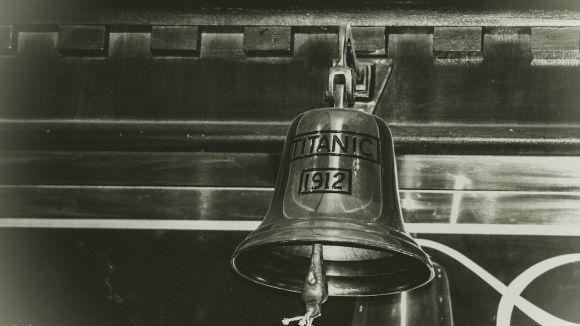The sinking of the Titanic is one of the most infamous maritime disasters in history. But what was the real reason behind the tragic demise of this “unsinkable” ship? While many theories have been proposed over the years, this article will explore the most plausible explanations for why the Titanic sank.
Design Flaws and Construction
One key factor that contributed to the sinking of the Titanic was its flawed design and construction. The ship’s builders, in an attempt to make it more luxurious and spacious, made compromises in its structural integrity. The Titanic had a relatively small number of watertight compartments compared to other ships of the time, which made it more vulnerable to flooding. Additionally, the ship’s bulkheads did not reach the full height of the deck, allowing water to spill over and flood adjacent compartments.
Collision with the Iceberg
On the night of April 14, 1912, the Titanic struck an iceberg in the North Atlantic. The collision caused a series of holes along the ship’s starboard side, leading to a rapid influx of water. While the iceberg itself did not cause the ship to sink immediately, it significantly compromised its structural integrity. The force of the impact and subsequent flooding overwhelmed the Titanic’s watertight compartments, causing it to gradually sink.
Insufficient Lifeboats
Another contributing factor to the high death toll of the Titanic was the insufficient number of lifeboats on board. The ship was only equipped with enough lifeboats to accommodate approximately half of its total capacity. This inadequate provision of life-saving equipment meant that many passengers and crew members were left without a means of escape when the ship started to sink. The lack of proper evacuation procedures and training further exacerbated the situation, leading to a higher loss of life.
Inadequate Response
The response of the crew and authorities to the sinking of the Titanic has also been subject to criticism. Despite receiving distress signals from the ship, nearby vessels did not arrive in time to rescue the passengers and crew. The lack of coordination and communication between ships in the area, combined with the belief that the Titanic was unsinkable, led to a delayed response and a higher loss of life.
The “Unsinkable” Mentality
Perhaps one of the most intriguing aspects of the Titanic’s sinking is the prevailing belief that the ship was invincible. This overconfidence among both the crew and passengers led to a disregard for safety precautions. Many lifeboats were launched only partially filled, as people were convinced that the ship would not sink. This mentality ultimately cost many lives and contributed to the tragedy.
Conclusion
In conclusion, the sinking of the Titanic was the result of a combination of factors. Design flaws and construction compromises made the ship more vulnerable to flooding. The collision with the iceberg, coupled with the inadequate number of lifeboats and the “unsinkable” mentality, further sealed the fate of the ship. The response to the sinking was also lacking, with a delayed rescue effort and poor coordination. While the Titanic’s sinking is a tragic event in history, it serves as a reminder of the importance of safety measures and the need to learn from past mistakes in order to prevent such disasters in the future.





